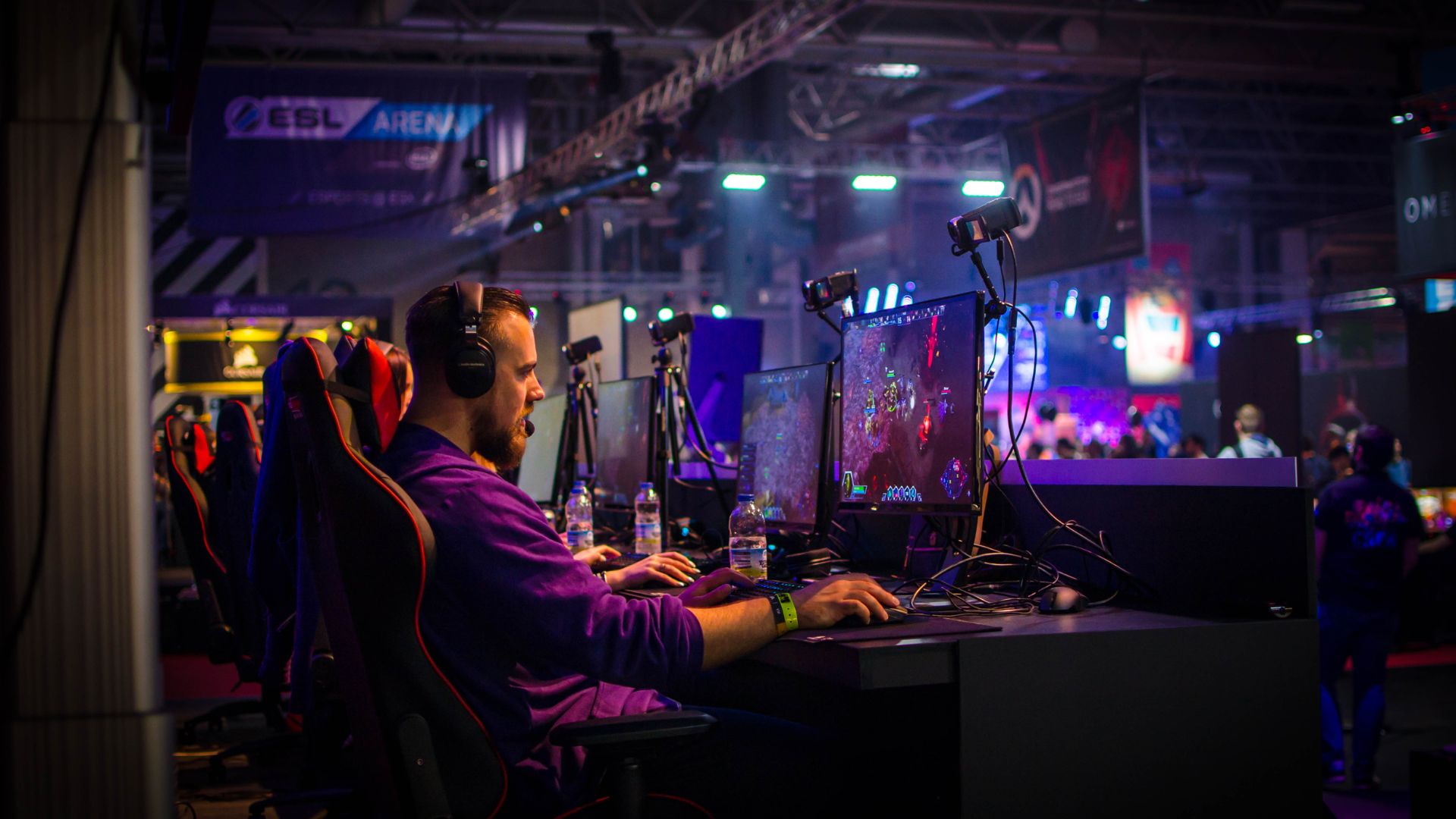Are you frustrated with the gaming performance of your laptop? The good news is that even if your laptop wasn’t specifically designed for gaming, there are several easy tweaks you can make to enhance its performance. In this guide, we’ll explore various methods, both hardware and software, to help you squeeze out every bit of power from your laptop.
Boost Your Laptop’s Gaming Performance
Add an SSD for Faster Performance
If you haven’t already, consider adding a Solid State Drive (SSD) to your laptop. SSDs have faster read and write speeds compared to traditional Hard Disk Drives (HDDs), leading to quicker execution of system software applications. This improvement is noticeable in games that rely on fast read speeds for loading assets, significantly reducing loading and rendering times.
Keep It Clean – Inside and Out
Regularly clean your laptop both internally and externally. Running malware scans and deleting unnecessary files can contribute to a minor performance boost. Internally, ensure your laptop is dust-free and consider changing the thermal paste to prevent overheating. Overheating can hinder performance and even cause your laptop to shut down during gaming sessions.
Upgrade Your RAM
If your laptop has 8 GB of RAM, adding another 8 GB stick can have a massive impact on gaming performance. While 16 GB is often more than enough, it ensures smoother gameplay, especially with modern, resource-intensive games.
Stay Updated – Drivers Matter
Keep your drivers updated, especially for the graphics card. Outdated drivers can be the difference between launching a game and encountering issues. This is crucial for both older and newer graphics cards, as updates often bring performance improvements.
Explore Overclocking – Caution Advised
While traditionally associated with desktop PCs, modern laptops often support overclocking. Software like MSI’s Afterburner can help you tweak graphics card settings for better performance. However, be cautious, as overclocking can lead to overheating. Ensure your laptop’s cooling system can handle increased voltage draw and clock speeds.
Optimize Power Settings
Check your laptop’s power settings to ensure it’s configured for optimal performance. Setting it to “High Performance” may drain the battery faster but can significantly boost CPU performance during gaming sessions.
Disable Background Services
Some default background services on Windows laptops can drain CPU and RAM resources. Disable unnecessary services like Bluetooth Support, Windows Biometric Service, and others through the Services app to enhance in-game FPS.
Adjust Graphics Card Settings
Don’t solely rely on in-game settings; explore your graphics card control panel for additional adjustments. Tinkering with image quality, texture, and performance settings can lead to a higher frame rate.
Switch to Ethernet for Online Gaming
While wireless gaming is convenient, online games often benefit from a stable, low-latency connection. Switching to an Ethernet connection can resolve lag and disconnect issues, providing a smoother online gaming experience.
Utilize Windows 10 Game Mode
Take advantage of Windows 10 Game Mode, designed to optimize your system for gaming. It makes specific adjustments to memory usage, disables background processes, and allocates resources to improve FPS. Game Mode automates these changes, streamlining the process before every gaming session.
Change Resolution for Better Performance
Lowering the game resolution can significantly boost performance without sacrificing too much visual quality. Experiment with slightly lower resolutions to find the right balance between performance and visuals.
External Graphics Card – A Last Resort
Consider an external graphics card if your laptop’s internal graphics card falls short. While not a straightforward solution, it can turn a productivity laptop into a gaming powerhouse. Ensure your laptop has a compatible Thunderbolt port, and invest in an external graphics card enclosure and power supply.
Related article: How to Monitor Your CPU Temperature
Conclusion
Improving your laptop’s gaming performance involves a combination of hardware and software tweaks. Experiment with these suggestions and find the right balance for your specific laptop and gaming preferences. Remember that not all laptops are created equal, and results may vary. Share your experiences and additional tips in the comments below, and let’s make gaming on your laptop a more enjoyable experience for everyone!
